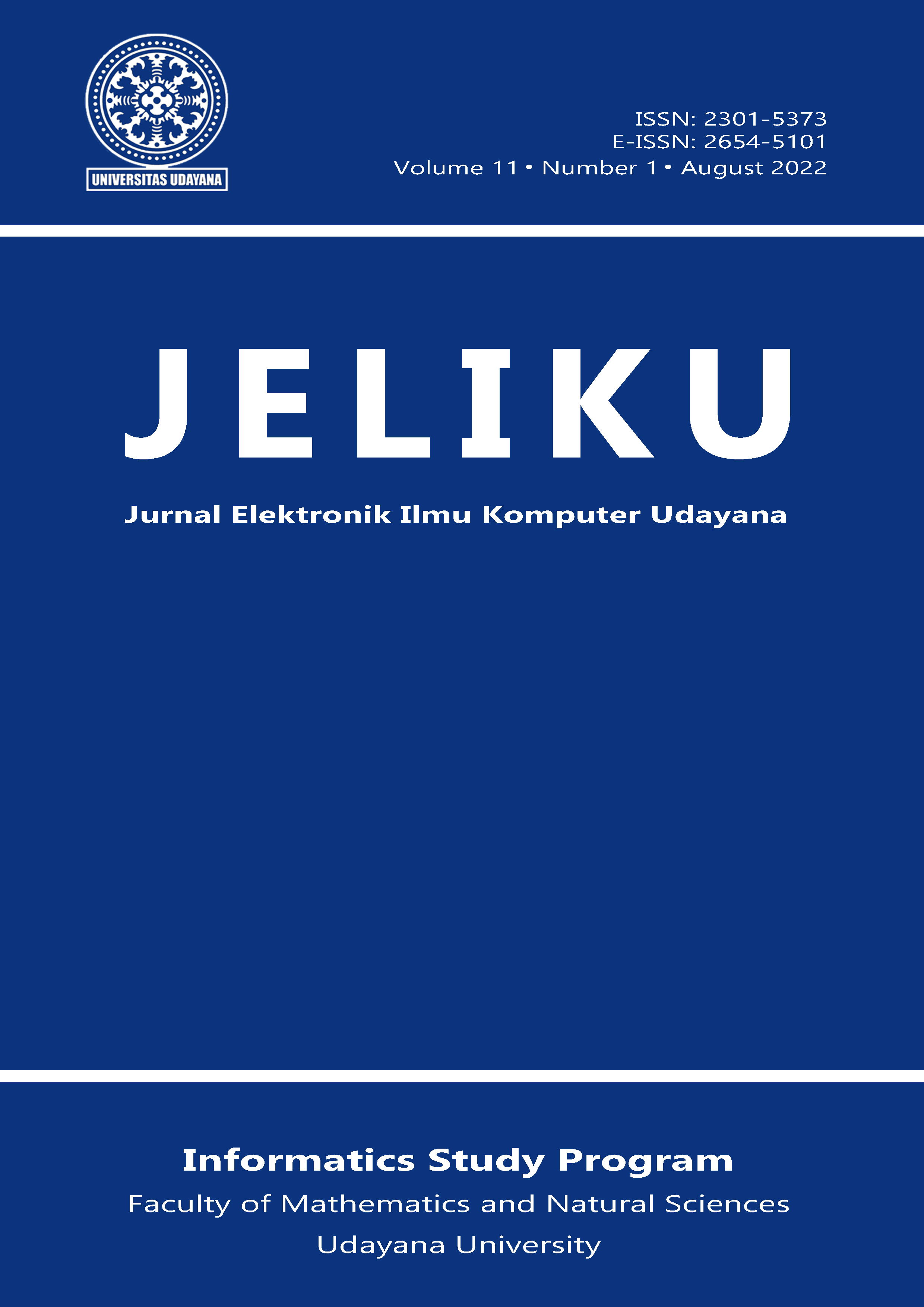Pengelompokan Pelanggan Toko Kerajinan Menggunakan K-Means dengan Model RFM dan LRFM
Abstract
Customer groups within a company or shop are important to identify for determine the right sales strategy in a competitive market. This research was conducted at one of the online handicraft shops in Bali which was affected by the intense competition in the market. The handicraft industry in Bali is considered to provide a large contribution to the community's economy. One solution that can be done is to identify the customer groups in the store using the clustering technique. This research aims to get the best customer data cluster and model. The stages in this research start from preprocessing data on historical data and customer orders to generate data model Recency, Frequency, Monetary (RFM) and Length, Recency, Frequency, Monetary (LRFM), then the clustering process with K-Means and evaluation of cluster quality with Silhouette Coefficient (SC). Results Based on the research, the RFM model becomes a data model that produces the best clustering results with an SC value of 0.545 when k = 2 which is included in the medium structure. LRFM model only produces the largest SC value when k = 3 with a value of 0.415. The SC value calculated from each data model tends to increase when the percentage of data is added. Cluster 1 has 817 members with the last transaction taking a long time, but has a below average ordering and monetary frequency. Cluster 2 has 158 members, making the last transaction at the most recent time, and has an average order and monetary frequency.
Keywords: Clustering, Customer, Craft, K-Means, RFM, LRFM, Silhouette Coefficient






